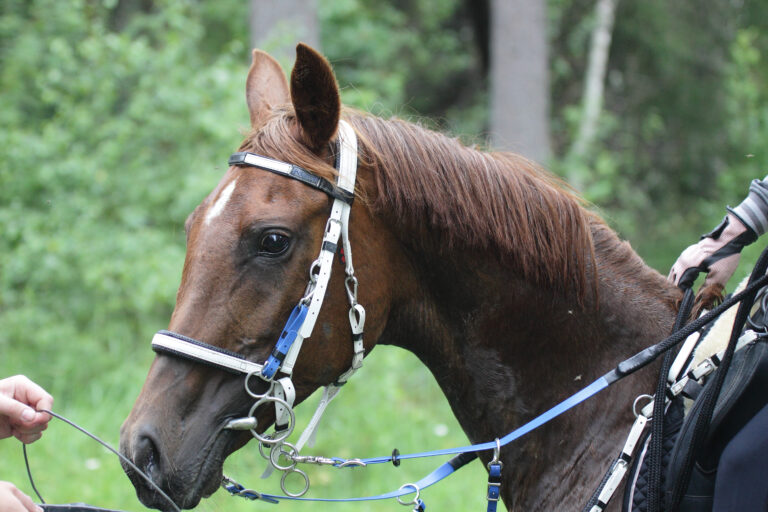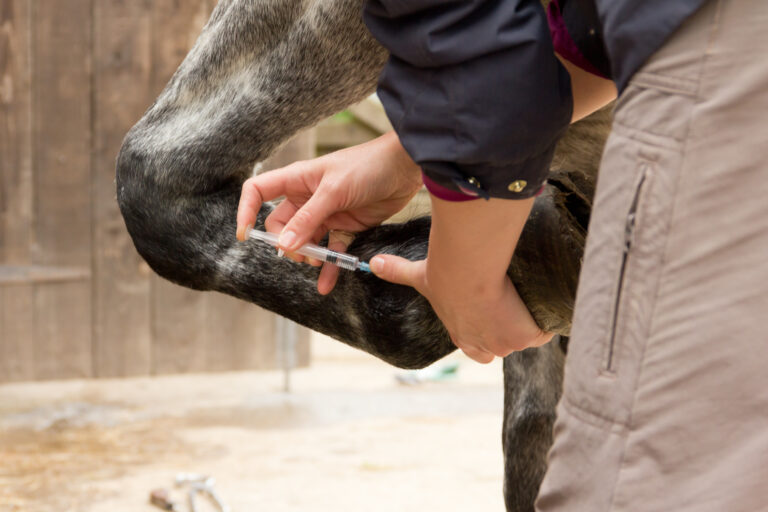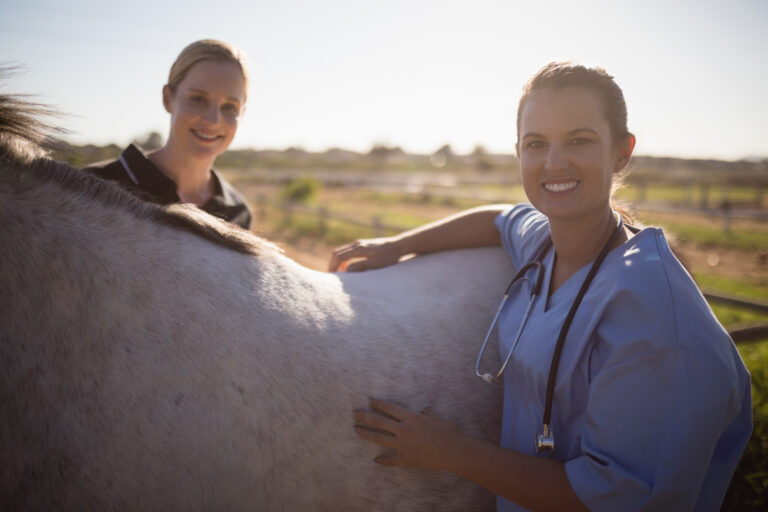
On April 13, 2020, the National Veterinary Services Laboratories (NVSL) in Ames, Iowa, confirmed a finding of vesicular stomatitis virus (VSV) infection (Indiana serotype) on an equine premises in Dona Ana County, New Mexico.
VSV-Indiana serotype was last isolated in the U.S. during the 2019 VSV outbreak.
A single horse on the index premises has met the case definition of infection with compatible clinical signs and virus isolation positive results.
A second equine premises in Sierra County, New Mexico, subsequently met confirmed VSV case definition with compatible clinical signs and reverse transcription-polymerase chain reaction (RT-PCR)-positive results for VSV (Indiana serotype). This is the 2020 VSV index case for the United States and subsequent VSV case for New Mexico.
Both premises are small equine properties, one located in Dona Ana County and the other located in Sierra County, New Mexico, and both are currently under state quarantine.
The index premises in Dona Ana County has only one horse on the property and the horse presented with coronary band lesions around April 6, 2020. There are no other animals on the premises and there have been no livestock movements on or off the premises.
The second VSV-infected premises is located in Sierra County and has a total of three horses with only one horse showing coronary band lesions, which were first noted around April 8, 2020.
There are no other susceptible species on the premises and there have been no livestock movements onto the premises.
Known competent vectors for transmission of VSV include black flies, sand flies and biting midges (Culicoides spp.). The epidemiological investigations on both VSV-positive premises indicate that incursion of VSV-infected insect vectors is the likely source of infection in these herds.
Biosecurity measures and vector mitigation have been instituted to reduce spread of the virus. The animals are being monitored and the VSV-positive premises will remain under state quarantine until 14 days from the onset of lesions in the last affected animal on the premises.









